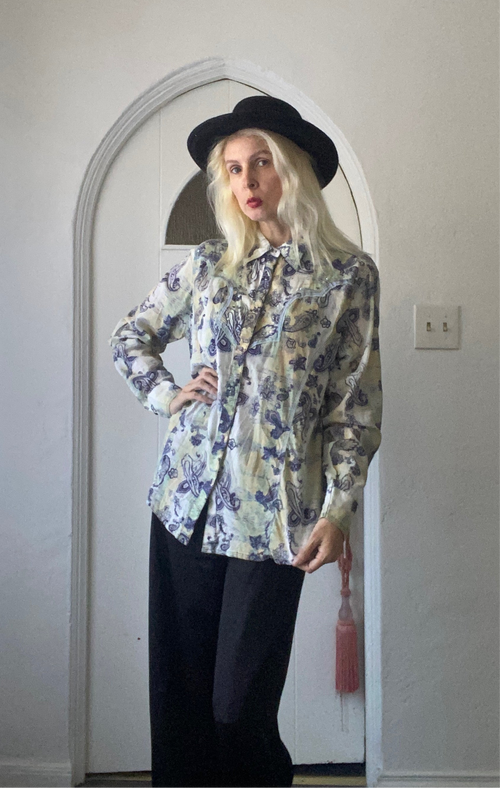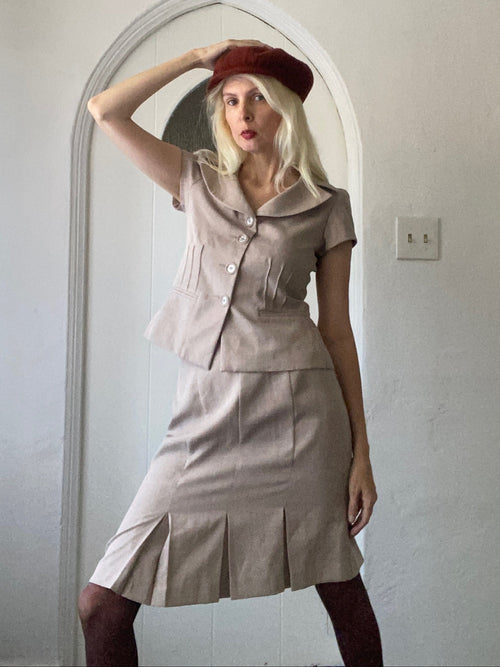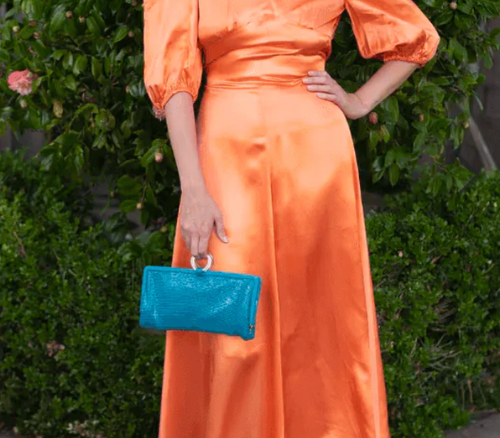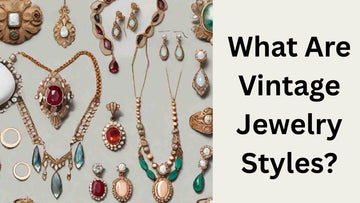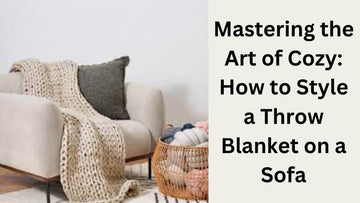Vintage clothing holds a special allure for fashion enthusiasts, collectors, and anyone who appreciates the charm of bygone eras. But what is considered vintage clothing, and what exactly qualifies a piece to earn that label? Is it simply old clothes, or is there more to this beloved category of fashion? In this blog post, we’ll explore the definition of vintage clothing, the key characteristics that set it apart from other styles, and why vintage pieces continue to captivate wardrobes and runways alike. Whether you’re a seasoned thrifter or just curious about the vintage trend, understanding what makes clothing truly vintage will help you make informed choices and embrace the timeless appeal of classic fashion.
Vintage Clothing: Age and Era
When it comes to vintage clothing, age and era play a crucial role in defining what truly qualifies as "vintage." Generally, vintage clothing refers to garments that are at least 20 to 30 years old, distinguishing them from modern or contemporary fashion. However, the specific era from which a piece originates often adds to its appeal and value. For example, clothing from the 1920s flapper dresses, 1950s rockabilly styles, or 1970s bohemian looks each carry distinct characteristics that reflect the cultural and fashion trends of their time. Vintage pieces not only showcase unique craftsmanship and design details that are rarely found in today’s mass-produced apparel but also tell a story of the past. When shopping for vintage clothing, understanding the age and era can help you appreciate the historical context, identify authentic items, and curate a collection that resonates with your personal style while celebrating fashion history.
Characteristics of Vintage Apparel
Vintage clothing is much more than just old garments; it carries a unique charm and history that sets it apart from contemporary fashion. Typically, vintage apparel refers to clothing that is at least 20 to 30 years old, representing the styles and trends of past decades. One of the defining characteristics of vintage clothing is its craftsmanship—many vintage pieces were made with high-quality materials and attention to detail that is often rare in today’s mass-produced fashion. Another key feature is the distinct silhouette and design elements that reflect the era they come from, whether it’s the flared skirts of the 1950s, the bold prints of the 1970s, or the grunge look of the 1990s. Additionally, vintage clothing often shows signs of gentle wear, adding to its authenticity and character without compromising its integrity. Collectors and fashion enthusiasts appreciate vintage apparel not only for its aesthetic appeal but also for its ability to tell a story and connect us to fashion history in a tangible way.
Vintage vs. Retro vs. Antique: Understanding the Differences
When exploring the world of fashion, terms like vintage, retro, and antique often come up, sometimes used interchangeably, but each holds a distinct meaning that’s important to understand. **Vintage clothing** generally refers to garments that are at least 20 to 30 years old but not yet old enough to be considered antique. These pieces are valued for their quality, style, and representation of a particular era’s fashion trends, often originating from the 1920s to the 1980s. On the other hand, **retro clothing** is not necessarily old but rather new apparel designed to imitate or evoke the style of previous decades. Retro pieces capture the spirit and aesthetic of past fashions while being newly manufactured, making them accessible to those who love vintage style but prefer modern materials and fits. Lastly, **antique clothing** denotes garments that are generally more than 100 years old, often considered rare collectibles due to their age, craftsmanship, and historical significance. Understanding these differences can help you better appreciate and identify the garments you come across, whether you're a collector, reseller, or simply a fashion enthusiast looking to add timeless pieces to your wardrobe.
Age Clothing Remains Popular
Vintage clothing remains popular today because it offers a unique blend of nostalgia, quality, and style that modern fashion sometimes lacks. Typically defined as garments that are at least 20 to 30 years old, vintage pieces allow wearers to express individuality through timeless designs and craftsmanship that often can’t be found in today’s mass-produced clothing. From classic denim jackets and elegant dresses to retro graphic tees, vintage fashion captures the spirit of eras gone by while remaining relevant and trendy in contemporary wardrobes. Moreover, the growing interest in sustainable fashion has boosted the appeal of vintage clothing, as shoppers seek eco-friendly alternatives that reduce waste and promote recycling. Whether you’re a devoted collector or a casual enthusiast, vintage clothing continues to hold a special place in the fashion world, bridging the past and present with style and character.
Identify Authentic Vintage Pieces
When it comes to identifying authentic vintage clothing, there are several key factors to keep in mind to ensure you’re truly investing in a piece with history and character. First and foremost, authentic vintage refers to garments that are at least 20 to 30 years old, meaning they were made in a previous era and reflect the style, fabric, and craftsmanship of that time. To verify the age of an item, start by examining the label—vintage labels often have distinctive fonts, logos, and brand names that may have changed over time. Additionally, pay attention to the construction details such as stitching, buttons, zippers, and fabric quality; older garments typically feature hand-sewn details, metal zippers, or natural fibers like wool, cotton, and silk. Another tip is to look for signs of wear and patina that come with age, like slight fading, fraying, or unique imperfections, which add to the garment’s authenticity and charm. Finally, understanding fashion history can help you place the piece in its correct era, whether it's the flapper styles of the 1920s or the bold prints of the 1970s. By combining these observations, you can confidently identify genuine vintage clothing that not only elevates your wardrobe but also carries a story worth preserving.
Integrating Vintage Clothing into Modern Fashion
Integrating vintage clothing into modern fashion is a creative way to express your personal style while celebrating timeless pieces from the past. Vintage garments bring a unique charm and character that mass-produced contemporary clothing often lacks. To seamlessly incorporate vintage items into your wardrobe, start by mixing classic silhouettes with modern basics. For example, pairing a vintage floral blouse with high-waisted jeans or layering a retro leather jacket over a minimalist dress can create a balanced, chic look. Accessories also play a crucial role—think statement vintage jewelry or a classic pair of sunglasses to elevate your outfit. Don’t be afraid to experiment with textures, patterns, and eras to find combinations that resonate with your individual taste. By thoughtfully blending vintage pieces with current trends, you not only stand out but also contribute to sustainable fashion by giving new life to pre-loved clothing.
